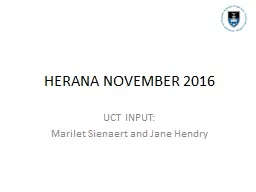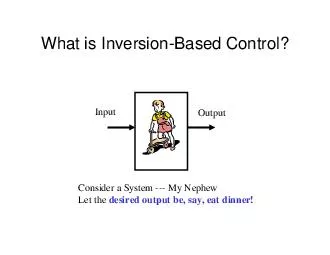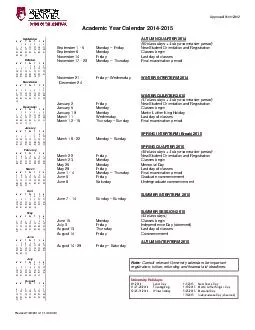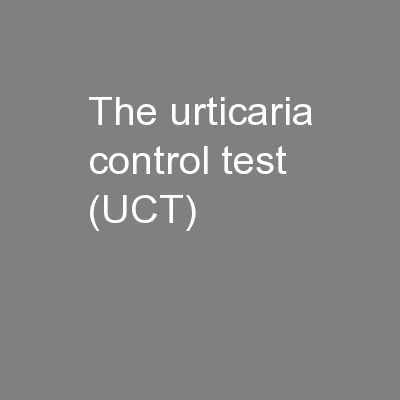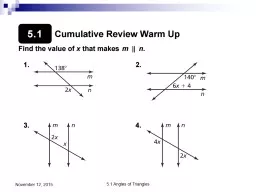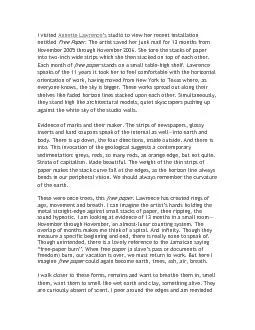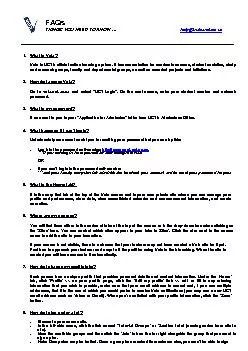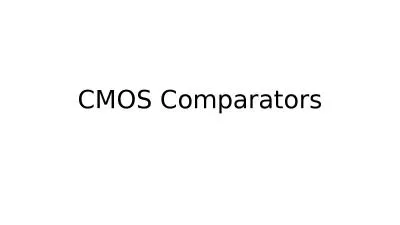PPT-HERANA NOVEMBER 2016 UCT INPUT:
Author : alida-meadow | Published Date : 2018-11-07
Marilet Sienaert and Jane Hendry Students Enrolments and Graduations 2000 to 2006 annual internal enrolment planning faculty level aggregated up to institutional
Presentation Embed Code
Download Presentation
Download Presentation The PPT/PDF document "HERANA NOVEMBER 2016 UCT INPUT:" is the property of its rightful owner. Permission is granted to download and print the materials on this website for personal, non-commercial use only, and to display it on your personal computer provided you do not modify the materials and that you retain all copyright notices contained in the materials. By downloading content from our website, you accept the terms of this agreement.
HERANA NOVEMBER 2016 UCT INPUT:: Transcript
Download Rules Of Document
"HERANA NOVEMBER 2016 UCT INPUT:"The content belongs to its owner. You may download and print it for personal use, without modification, and keep all copyright notices. By downloading, you agree to these terms.
Related Documents

